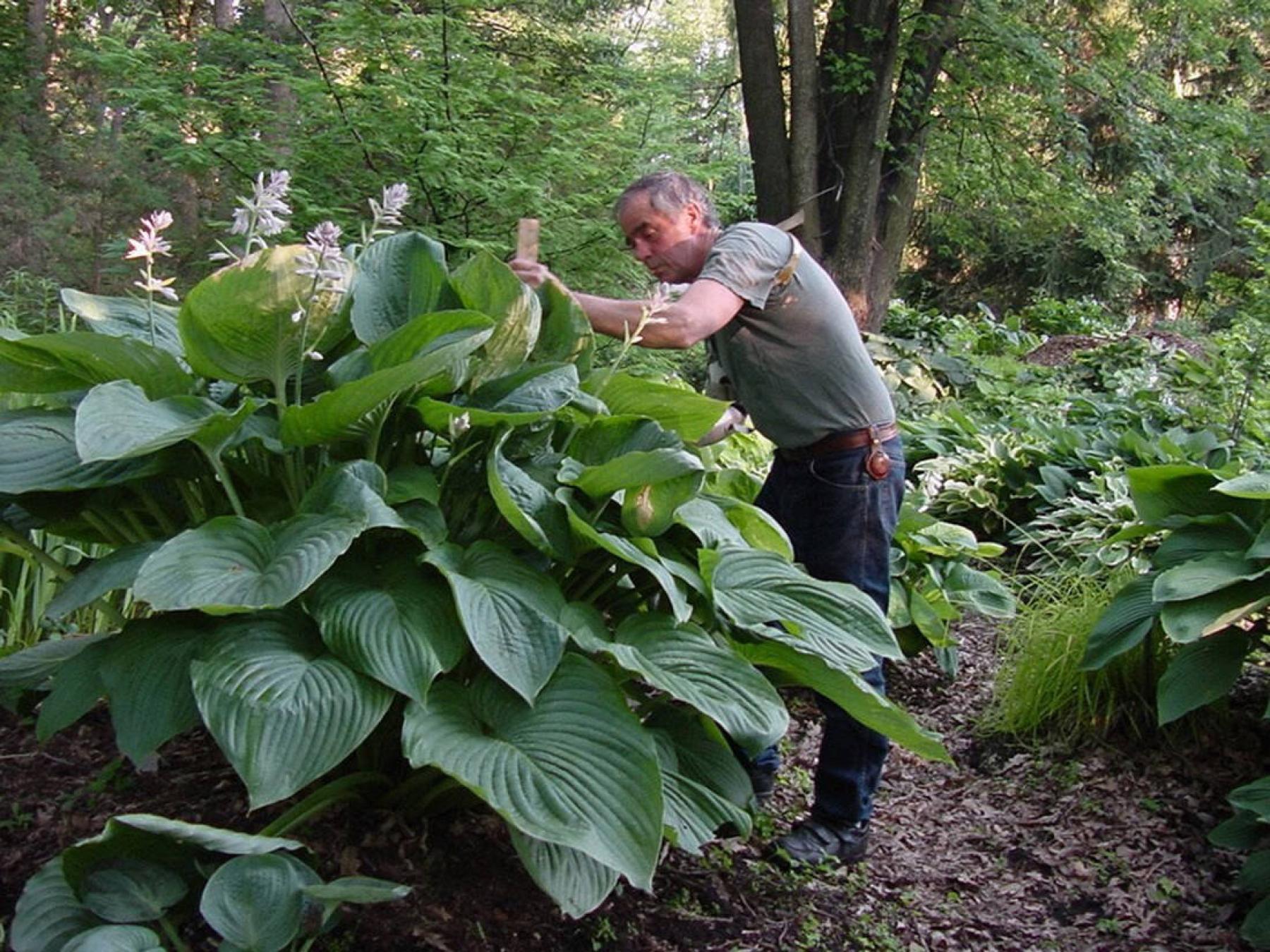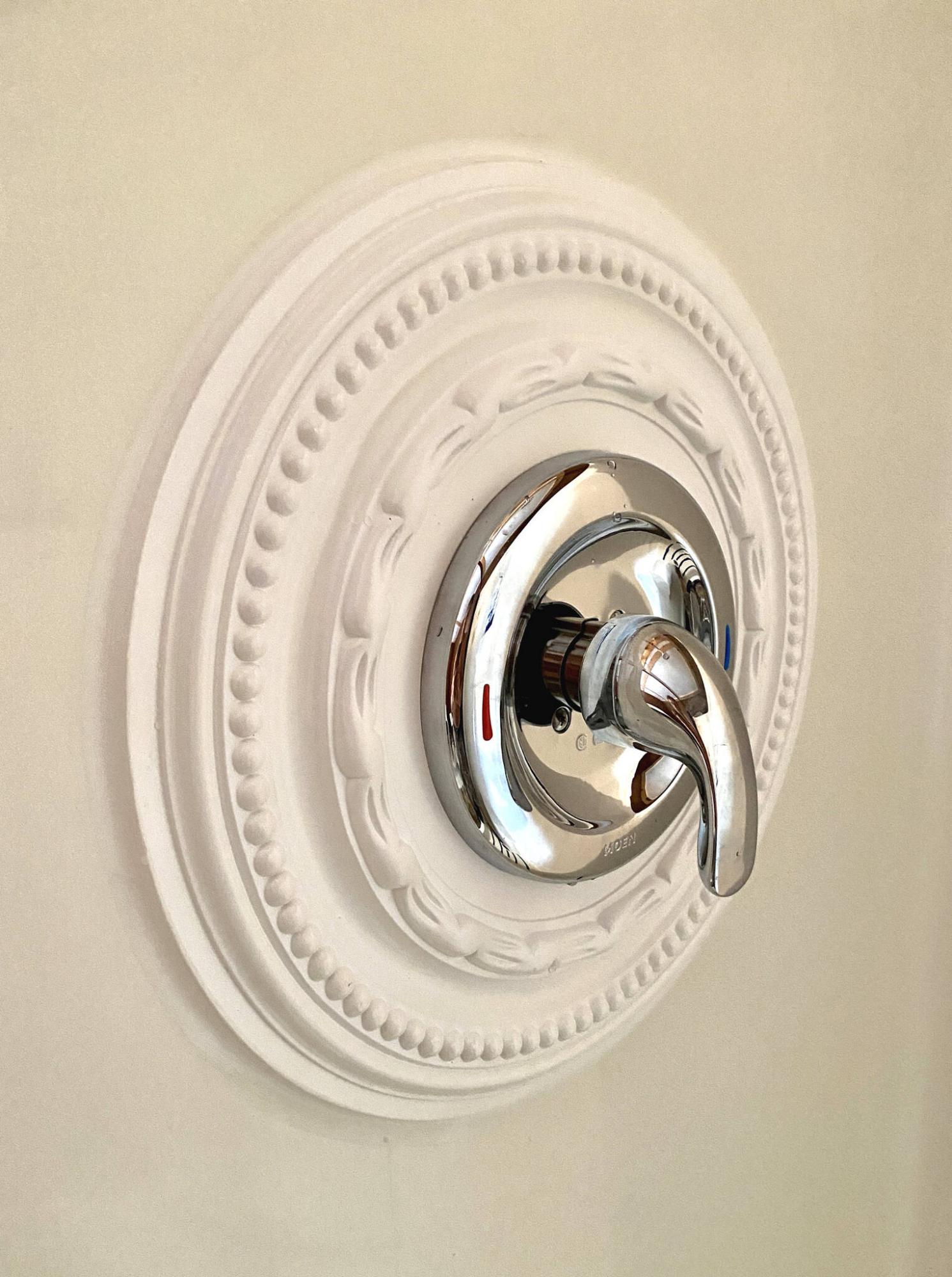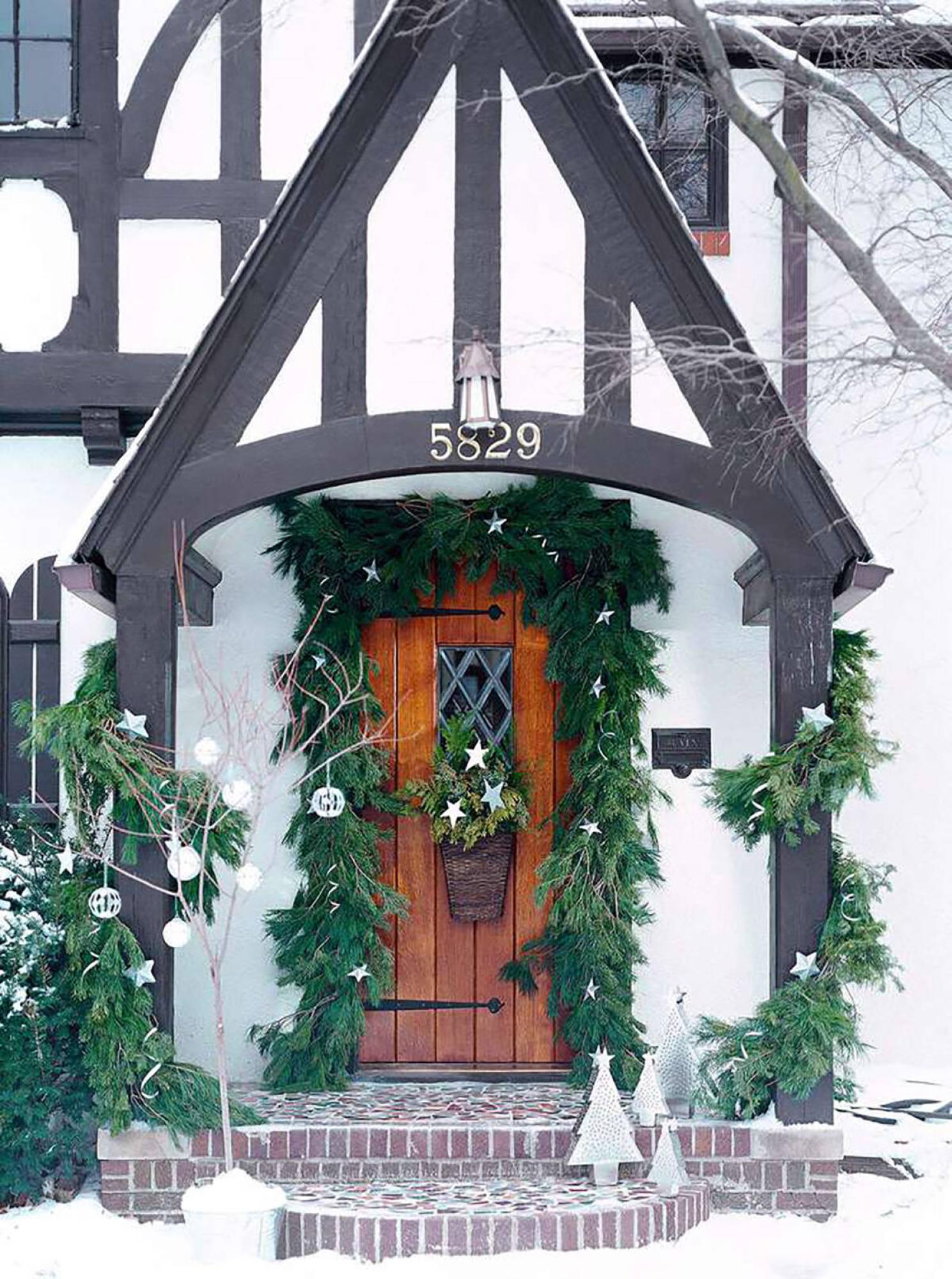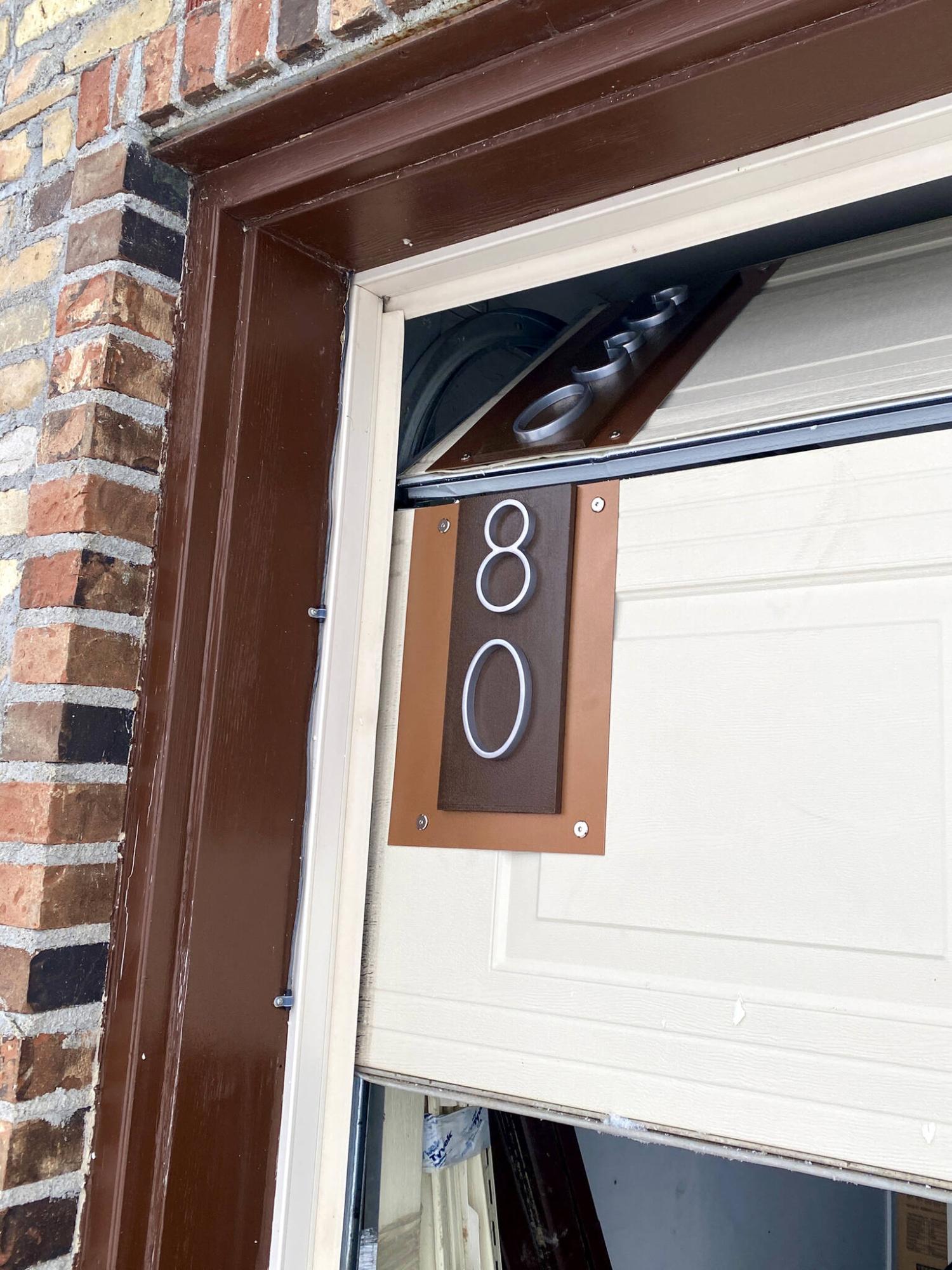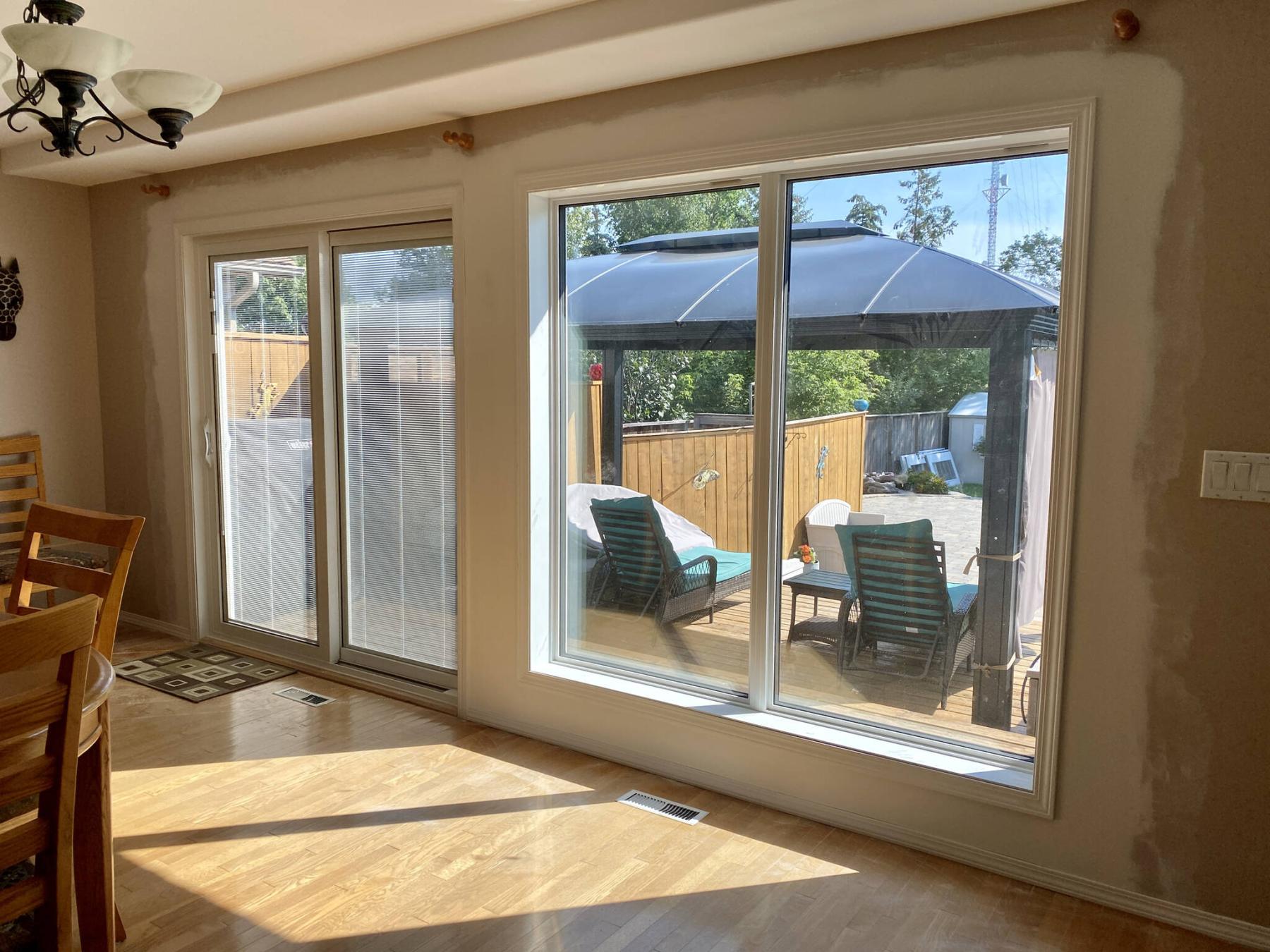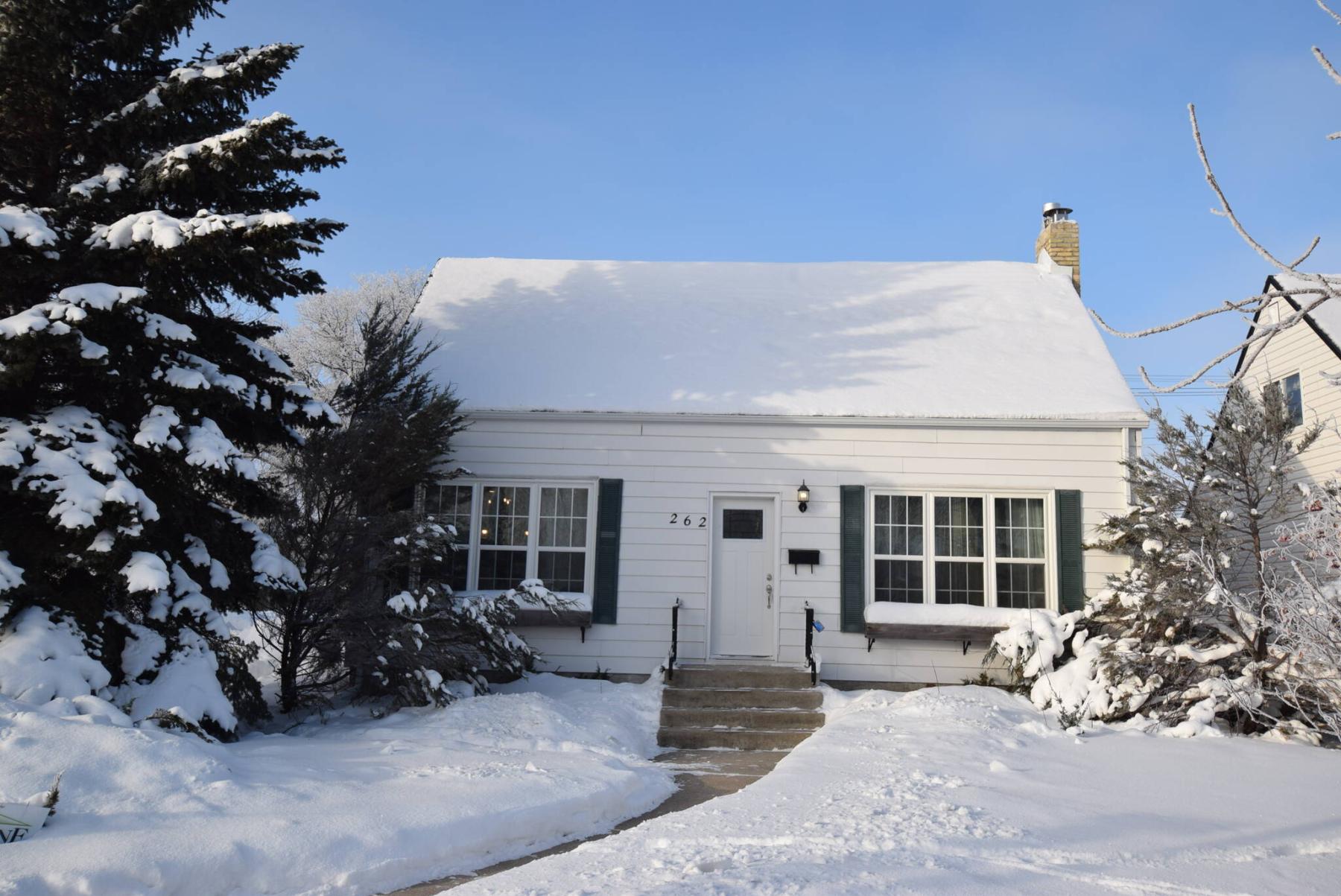Renovation & Design
Renovation & Design
Increased air movement will make home more comfortable
Question: I live in Niagara on the Lake, Ontario and built a new house, which I moved into in May 2021. I have an HRV system and nobody seems to know much about how the system works with respect to humidity levels. I have read articles, searched the web, and found that your recent article is the only one that is helpful. You are absolutely right that there is so much confusion. So, thank you very much for the information. I always understood the HRV system to work as you wrote in the article, but have one additional question relating to proper operation.
Do I need to have my furnace run at the same time as my HRV system? Does the HRV function by itself, pushing the outside air through the furnace ducts, or does the furnace need to be on continuously? Will I have to get a new wall control, as I only have the basic model, and it doesn’t have control settings for humidity?
It will be very much appreciated if you can help.
Thanks, Tom Froese, Virgil, Ont.
Answer: A heat recovery ventilator (HRV) may be able to adequately control the humidity in your home on it own, depending on the size and other factors, but will work best if the furnace fan runs at the same time. Cross connecting the HRV and the blower to run together will improve the airflow through the entire home, boost the efficiency, and reduce the running time of your ventilation system.
I appreciate you taking the time to read my past columns online, no matter what the source, and sending me this very specific question. HRV’s may be the most commonly misunderstood component in new homes. I am delighted that I can help wade through the online ocean of information to provide some simple guidance for operation of this important mechanical system in your new home.
For various systems in our homes there are guidelines for proper installation and operation, from several sources. The numerous sections of the National Building Code describe many of these, often in precise detail, but also may leave various items up to the discretion of other entities. Heating, ventilation, and cooling (HVAC) technicians should follow the recommendation in the codes applicable to HRV design and installation, when putting one in every new home. The adoption of specific aspects may vary from jurisdiction to jurisdiction, based on the requirement of the building officials in that area, and the geographic and weather conditions. In many cases where specific installation or set-up techniques are not obvious, building officials may defer to the manufacturers’ specifications and recommendations.
As a home inspector, I may not be privy to these specific requirements in my area of business, but have other avenues for determining proper local installation practices. This may include investigating and reviewing online, or actual, installation manuals from various HRV manufacturers. It may also be sought through direct information from local HVAC contractors. But the most common source of knowledge is often gained by actual inspection of multiple systems currently in place, in homes being inspected. If 90-95 percent of inspected systems are seen with exact similarities, it can safely be assumed that is the norm. This not only applies to HVAC systems, but to others like plumbing and electrical. Because there are regular reviews and changes to the codes, which are often not always adopted by local building officials, it can be difficult to keep current on all requirements.
Due to the above statements, I am confident that it is best practice to have the furnace blower turn on to high speed when the HRV operates. This may not be required by all manufacturers, but should be done to help the smaller fan inside the ventilation system move the air through the various ducts. All HRVs should have a direct connection to the furnace ducting, as well as from the bathrooms and other areas of high moisture, to help circulate both the stale house air and the fresh outside air through the unit. The volume of air which can be moved by the small HRV fan is much lower than that of the more powerful furnace blower. So, to vastly increase the air movement the furnace blower should be cross connected to the HRV controls, to assist in this task. With both fans engaged at the same time, and the unit properly balanced, the ventilator should be able to function at its best. This should reduce the running time to achieve the desired relative humidity, saving wear and tear on the HRV components.
You may be correct that replacing your HRV control is an essential part of the discussed recommendations. If it does not have a dehumidistat function, to allow control based on your desired indoor humidity level, it is no good. Replacing it with a proper control should allow any experienced HVAC technician to properly link it to the furnace blower, completing the process. After that upgrade you should be able to set the HRV and furnace fan to turn on together, automatically, when the relative humidity in your home exceeds your desired setting.
Engaging the furnace blower at the same time the HRV is running may not be absolutely necessary, but will be a very good idea for optimal operation. Any system that increases the volume and velocity of air movement through the heating ducts will surely aid in improved ventilation and dehumidification of your new home.
Ari Marantz is the owner of Trained Eye Home Inspection Ltd. and a Registered Home Inspector (RHI)(cahpi.ca). Questions can be emailed to the address below. Ari can be reached at 204-291-5358 or check out his website at trainedeye.ca.
trainedeye@iname.com
Renovation & Design
Airtight container will keep your Cashmere sweater safe
Question: We have a ceiling fixture that has three-inch, plastic teardrops hanging from the edge of it. They look discolored and I wonder what I could use to bring back the clearness of them. Thank you, Geoff
Answer: I am assuming that the teardrops are discolored from everyday dirt and grime. Here is my favorite recipe for cleaning plastic teardrops on light fixtures. Cover the floor with newspaper. Combine 1 tsp. rubbing alcohol, 4 cups hot water and 2 tbsp. dishwasher anti spot agent i.e. Jet Dry. Spray onto plastic teardrops, drip dry and polish. Or soak the teardrops (if they are detachable) in this solution, whichever works best for your situation. No polishing required.
Question: I have very expensive custom made cellular shades on all of my windows and the draw cords on all of them are getting very dirty. I’ve tried bleach with water on a cloth and run the cloth up and down the cord, but it is not doing anything. What would you suggest I use to clean them? Thank-you for your time. Lynn
Answer: Your best bet is to scrub all cords with Sunlight laundry bar soap and water. If you cannot locate Sunlight, use Ivory bar soap. Scrub and rinse with water.
Question: I have a very oily t-zone on my face. I buy pore strips to clean my face (especially my nose) and they really seem to help, but they are too expensive, and I can’t afford them. Is there any way to make pore strips at home? Thanks, Olga
Answer : You want cheap? I’ve got cheap! Go to your local grocery store and purchase a box of unflavored gelatin and milk (any kind of milk works). In a little microwavable dish combine 1 tsp. milk with 1 tsp. gelatin powder. Microwave for 10 seconds. Cool and then use a small paintbrush to brush liquid mixture onto your face (avoid eyes). Leave for 10 minutes and peel. Works just as well as pore strips!
Question: I was given a beautiful cashmere sweater for Christmas, and I am wondering if you have any tips to ensure that moths don’t get at it. I had another cashmere sweater that now has a hole in it, and I was devastated. I do not want to use mothballs because of the smell. Thanks for your help. Helen
Answer : You are smart to avoid mothballs, they give off toxic vapors and the smell lingers. Clean your cashmere sweater according to the directions on the label. Store the sweater in an airtight container along with lavender and/or rosemary sachets. Another option: Sprinkle lavender essential oils onto a cotton ball and store with the sweater.
Big Ideas for Little Problems
For moist homemade cakes, add 1 tsp. vinegar and 1 tsp. baking soda to your recipe. Submitted by: P.H.
I like to wash Lego blocks once in a while and when I do, I put them inside of a mesh laundry bag. Tie a knot to keep it closed and toss the bag into the washing machine. I wash with cold water and laundry detergent and lay them on a towel to dry. Submitted By: P.H.
I have one of those big Kitchen Aid mixers and never knew where to keep the attachments so that they wouldn’t look messy. I then purchased a few 3M plastic hooks and hung them in my pantry, now I hang the attachments and they look organized! Submitted By: Paul
Whenever I paint wooden chairs, I gently tap a nail into the bottom of each leg. I can then paint the feet of the chairs and they don’t touch the floor, so no paint gets smudged. Remove the nails when paint is dry. Submitted By: Mark
Note: Every user assumes all risks of injury or damage resulting from the implementation of any suggestions in this column. Test all products on an inconspicuous area first.
Have a great suggestion or tip? NEW EMAIL: reenanerbas@outlook.com
Renovation & Design
Tips to help clean and deodorize the dreaded HOCKEY GEAR
Question: Any suggestions for reducing the smell of hockey equipment? I play about four times each week. I wash my hockey equipment about two to three times per year using either the car wash or my washer and dryer. Washing my equipment seems pointless as the odour returns after one use. My equipment stays in my unheated garage, as it smells too much to bring inside. Looking for a solution to minimize some of the smell that I could apply immediately after the skate. Thank you, David
Answer: I love the carwash idea! When it comes to storing hockey equipment, the first step is to make a hockey tree using old hockey sticks and nails. Whenever you return home from a game or a practice make sure that you hang all equipment on the tree, which should be stored in a cold ventilated area such as a garage or even outside. Pack your gloves with newspaper when they are not in use. Another trick used by hockey players is to pack gloves with clean socks dusted with baking soda or talcum powder. The powdery substance absorbs some of the odours. Or pack the gloves with dyer sheets and remove before each use.
I agree that it is important to wash equipment regularly. Before washing, check care label instructions. I wash hockey gloves using my front end washing machine, with detergent, and lay them out to dry. You can even add one-quarter cup of borax, baking soda or washing soda to the machine to help zap the smell. Remove insoles from skates, when not in use, so they have an opportunity to dry out. There are also commercial air fresheners and sprays that you can purchase at sporting goods stores, which can be used to deodorize hockey equipment. While the equipment is still wet, spray the liners, as this is where bacteria collect. Some sports equipment retailers offer a sanitizer service that you can access a few times a season.
Question: How can I remove streaks from my glass shower door?
Answer: Squeegee the doors after each shower. Also, coat the doors using mineral oil so that water slides down the glass, instead of leaving marks.
Question: I have a water bottle that I use repeatedly during the week. I’ve noticed that it now smells. Anything I can do, short of tossing it out? M.D.
Answer: The easiest solution is to fill the bottle with one tablespoon of baking soda and hot water. Leave it overnight and pour out the contents in the morning. If possible, leave the bottle open at night, so bacteria have less chance to grow.
Question: I have very sensitive feet and find that the insoles in my shoes give me blisters. What can I do to make the insoles more livable? Renton
Answer: Insert each insole into soft ankle socks and place each insole back inside your shoes. You will notice a big difference.
Quick fixes for little problems
Cook broccoli upside down with the floret in the water. This helps to reduce the odour as it cooks. — Angelica
Store a roll of kitchen garbage bags on a metal, paper towel holder. Pull and use as needed. — Patricia
Reduce dust on furniture. Into a spray bottle add one tbsp. fabric softener to one cup water. Spray the solution onto furniture and dust with a soft cloth. — Patricia
Before peeling a hard boiled egg, I soak it in cold water and then roll it between my hands to crush the shell. I noticed the egg is easier to peel. — M.D.
Note: Every user assumes all risks of injury or damage resulting from the implementation of any suggestions in this column. Test all products on an inconspicuous area first.
Have a great suggestion or tip?
reenanerbas@outlook.com
Renovation & Design
Use hot water to keep your towels fresh
Question: I need help cleaning hand towels. Mine always get dark and greyish where people repeatedly wipe their hands in the middle of the folded towel, and I cannot get these darker areas clean with regular laundry soap. I have tried soaking them in laundry detergent, bleach — which is risky when they are lighter colored towels and letting them sit for hours with stain remover on them. They just end up looking like dirty towels no matter how much I wash them. Do you have any tips for me to try? At this point when they get too bad, I am just using them for rags. Thanks! Lori
Answer: This may be an issue of the dye not being colourfast. I had a similar experience, I finally realized that it was a result of the products people were using on their face and hands. In my case, the towels are permanently ruined because the towels were ‘bleached’. It sounds like your towels are also discoloring because of products. Try tossing the towels into the bathtub and soaking them in hot water and either washing soda, baking soda or borax. Whenever washing towels, use hot water for the best cleaning results. In the machine, add one-cup vinegar to the load. Lastly, Egypt, Turkey and Portugal are known as the manufacturers of some of the best towels in the world; spend a little more and they should last you awhile.
Question: What is the best solution for storing a fake Christmas wreath? Amrit
Answer: Begin by blowing the dust off using a hair dryer. Next place the wreath inside an empty garbage bag with salt, and shake. If you happen to have one of those plastic bags that you get when you purchase a blanket, that is a great storage option! You can also use a suitcase, plastic bin, or cover it with a plastic bag, make a knot on the bottom and hang it on the wall where your decorations are stored. Wherever you store it, make a note of it so that you are not scrambling to find it in November.
Speaking of Christmas decorations:
Store small tree decorations in empty egg cartons.
To store gift wrap rolls so they don’t unravel, cut an empty toilet roll vertically. Wrap the toilet paper roll around the gift wrap.
The Best Catch of the Day
For the perfect, flaky texture to cooked fish, let it rest for at least 10 minutes before serving.
When frying fish, cook the skin side down first, and leave it alone. The skin might stick at first but should release within minutes.
To get rid of the odour after cooking fish, boil a little vinegar on the stove to absorb the smell. Add cinnamon or essential oils to the pot if desired.
To reduce the smell of fish while cooking, soak it in milk for 20 minutes before cooking. Wrap the fish in parchment paper while cooking: only use parchment paper if cooking temperature does not exceed 400 degrees. When reheating, cover the fish pan with aluminum foil.
For safety reasons, avoid refreezing fish that was already thawed.
While cleaning your fish tank or bowl, only remove 50 percent of the water. Use the water removed to water your plants, the nitrates are great for plants.
If you use vinegar to clean your fishbowl, make sure that the bowl is well rinsed before re-adding the fish. If you live in a city, consider using distilled water, instead of tap water to avoid adding chemicals that may hurt the fish.
Note: Every user assumes all risks of injury or damage resulting from the implementation of any suggestions in this column. Test all products on an inconspicuous area first.
Have a great suggestion or tip? NEW EMAIL: reenanerbas@outlook.com
Renovation & Design
Proper ventilation required to keep attic high and dry
Questions: We moved into a bungalow with a low-sloping roof four years ago. Last winter, and this winter, we started having problems with the amount of snow on our two bathroom rooftop vents, and one oven rooftop vent. Last year, the snow was so high above the gooseneck style vents that water entered the attic from the oven vent and water came back down through the fan in the bathroom. There was a lot of ice buildup from the hot humid air escaping through the vents. I went on the roof and removed the snow and that fixed the problem for the moment. However, going on the roof after each snowstorm is not safe or sustainable. Each vent is also in an area where there is a lot of snow buildup.
As I see it, my options are to stop using the fans in winter, which is not a great thing, but better than having water in the attic. Shovel the snow off the vents several times a year, which is not safe. Or, redirect the vents from the roof to the side and then either remove the roof vents and cap the holes in the roof, or leave the vents to act as simple attic vents.
Option three is possibly the best long-term solution, but also the most complicated and expensive. Since our roof is so low sloping, there is no room to run an exhaust pipe from the bathroom vents to the side of the house, as both bathroom vents are near the center of the roof. There is not enough space in the attic to vent new air ducts. The exhaust vent for the oven is easier to fix since our oven is against the exterior wall and we could make a hole in the side wall there to have a side vent. However, this causes another issue, can the hot exhaust run back into the soffit and the attic. Also, could cold air and outdoor noise be a factor with having an exterior vent so close to the oven?
One contractor suggested running exhaust pipes from the bathrooms down to the basement and out the side. However, how efficient would this be trying to push hot humid air down to the basement and out? Could the two bathroom exhaust pipes be redirected into our current HRV unit? The advantage is that we would not have to make another hole in the side of the house for exhaust and use less piping to get it outside. We currently have one basement bathroom vent that runs to the HRV unit. However, using the HRV certainly does not have the same suction power as a dedicated exhaust pipe for a bathroom fan only. Which option do you suggest?
Thank you for any suggestions you may have, Paul Doyle.
I do not use my bathroom fan in the winter, so I blocked off the openings thinking it would prevent warm air from getting into the attic. I once had an insulation contractor come in and they said too much condensation is entering the attic, hence the occasional leaking in my living room. Is this a good thing for me to do?
Thanking you in advance, Lynda.
Answer:
Ensuring good ventilation from bathrooms and kitchens is essential to preventing condensation and moisture issues from occurring in attics. Rerouting problematic roof vents and ducts may be the only way to prevent periodic leakage, unless you are very diligent about regular inspection and snow removal.
I am answering both of your similar questions, which came in response to my last column about snow-covered plumbing stacks. While the second respondent has taken the unusual step of not using and covering their bathroom exhaust fan, the first home’s moisture issue may be easier, but more costly, to address.
In response to Lynda’s direct question, the direct answer is a certain no! It is a very bad idea to stop using the bathroom exhaust fan in the heating season and blocking it will do nothing to help the situation. Both of those actions will only help drive more humid air into the attic. Firstly, the humid air from showering and bathing must be exhausted out of the bathroom as quickly and efficiently at possible to prevent mould growth in the bathroom. Secondly, covering the fan and discontinued use will only help drive more moisture into the attic due to the stack effect, which has been discussed numerous times in this column. So, a better solution would be to insulate and air seal the bathroom fan duct and housing in the attic, or replace the entire system if it is not properly functioning, but never discontinue its use.
As for the first home in question, having a low-slope roof can make entering and alterations within the attic very difficult. As discussed above, your first option of discontinued use is a no-no. Relocating the vent hoods to the gable ends, with improved insulated ducts above the ceiling, is a viable option but will depend on how accessible the attic is. The third option is certainly the best option, depending on the configuration of your HRV. It will likely require opening up some walls to run ducting directly to the basement unit, but will allow complete removal of the ceiling fans, ducts, and roof vent hoods, which will certainly stop the leakage. Having the HRV cross-connected to the furnace blower should allow it to move the air through the home properly, as long as it is properly installed and set-up.
Removing rooftop snow that is covering your exhaust fan vent hoods may be the simplest solution to periodic leakage, but certainly not the safest or easiest method. Relocating the vent hoods and ducts, or installing new ducting connected to a good HRV, may be better choices but will add significant expenses to the fix.
Ari Marantz is the owner of Trained Eye Home Inspection Ltd. and a Registered Home Inspector (RHI)(cahpi.ca). Questions can be emailed to the address below. Ari can be reached at 204-291-5358 or check out his website at trainedeye.ca.
trainedeye@iname.com

